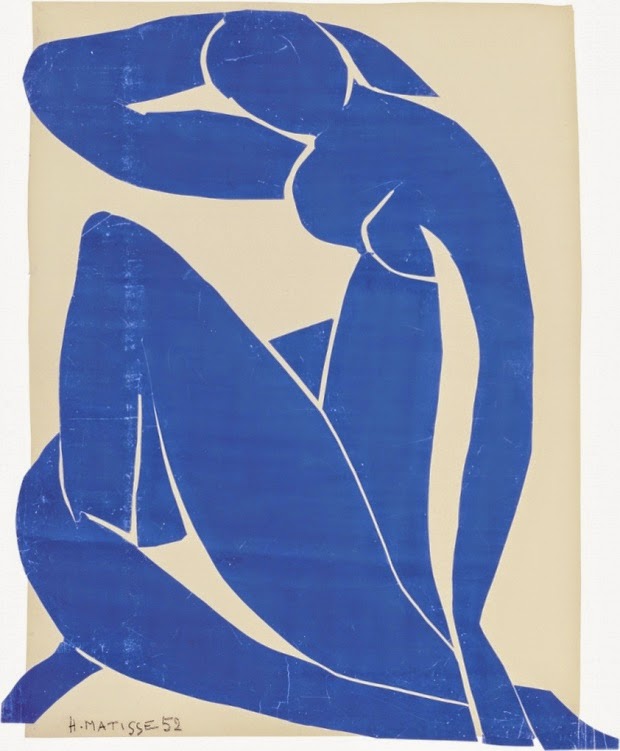Your portfolio is your calling card to the world. There are many options to create an exciting body of work. What do you include or how you layout your images can make a big difference in your portfolio’s impact to your viewer. I make small prints of my portfolio pieces and lay them out on the floor or table. I move them around to see how the images flow from start to finish. You can do this on your computer as well. You want to create excitement, a continuous flow of interest and strength within each body of work. Your portfolio can include more than one subject matter. However, it is very important to keep those subjects together. Find images of various subject matters that can speak to each other when placed next to each other to lead the audience from subject to subject.
Editing is key to a strong portfolio. We are sometimes too close to our work. Have another set of eyes review your choices before publishing or doing final prints. I have my sister and a few friends look over my portfolios. Their critiques help me decide if I need to retool a portfolio or move forward. Decide if you want a vertical or landscape portfolio. Merging the two formats can be done, in one portfolio. Your layout has to be flattering and be consistent throughout the whole portfolio. Spacing around the images, at the border of the page or no border are important decisions that can make or break your portfolio’s impact. View other portfolio’s to get a sense of layout options, if you are not sure which way to go. Your portfolio will change over time, just like your photography work. You want to present your best images, at all times.



.jpg)



